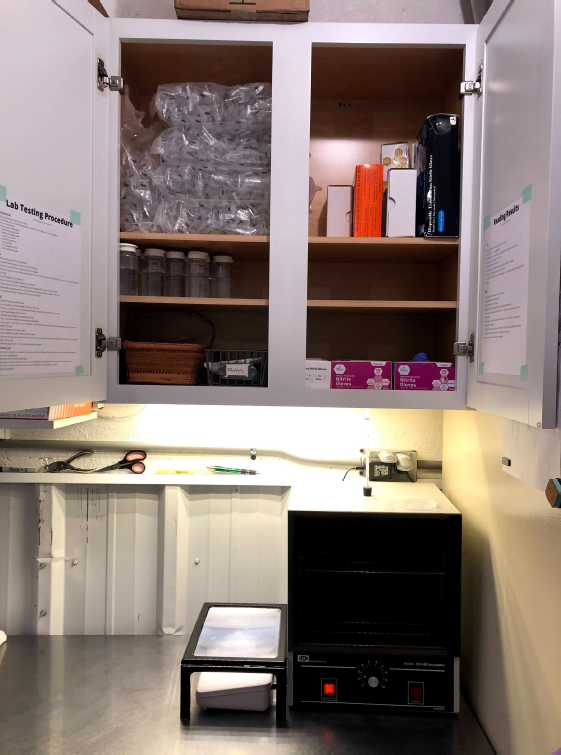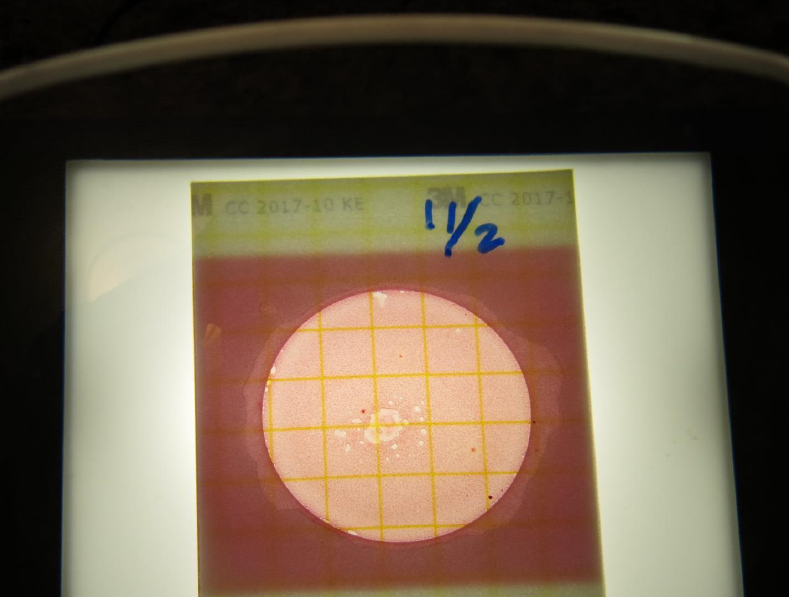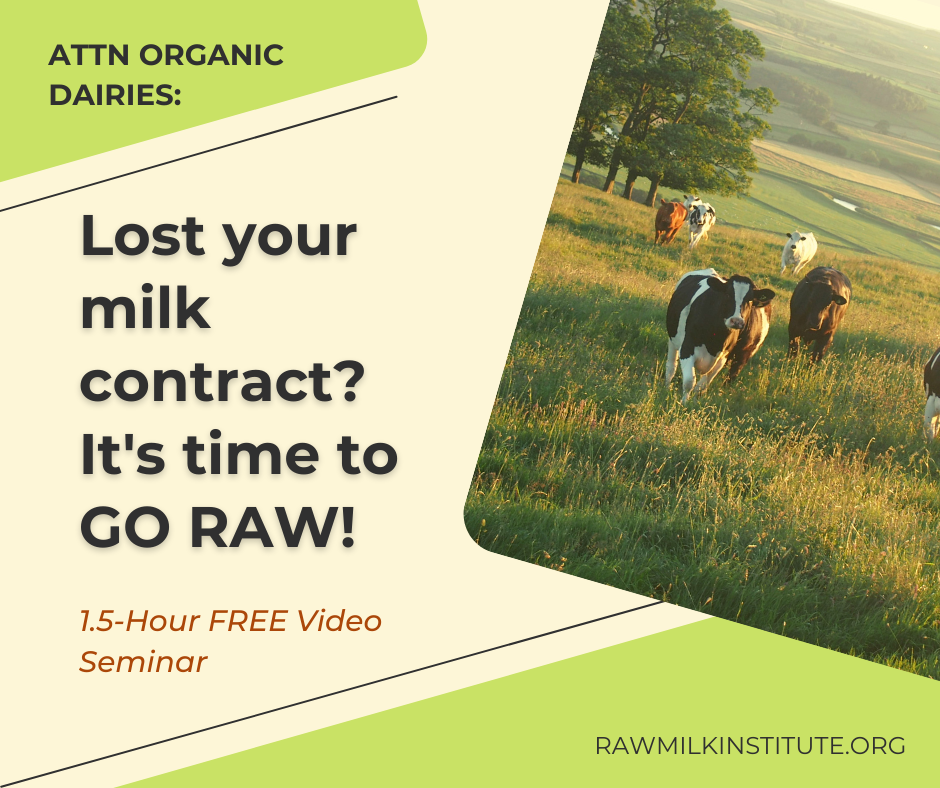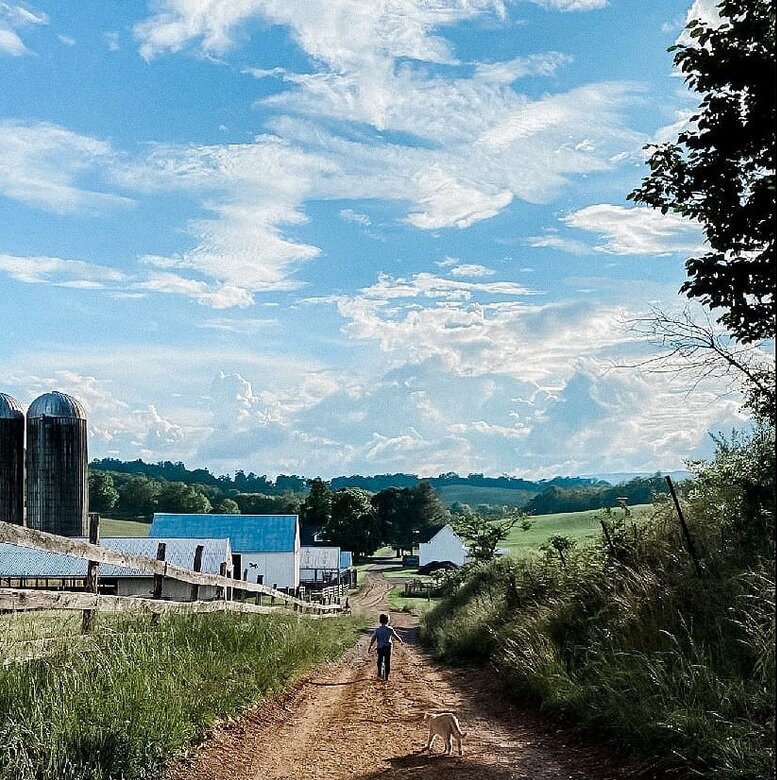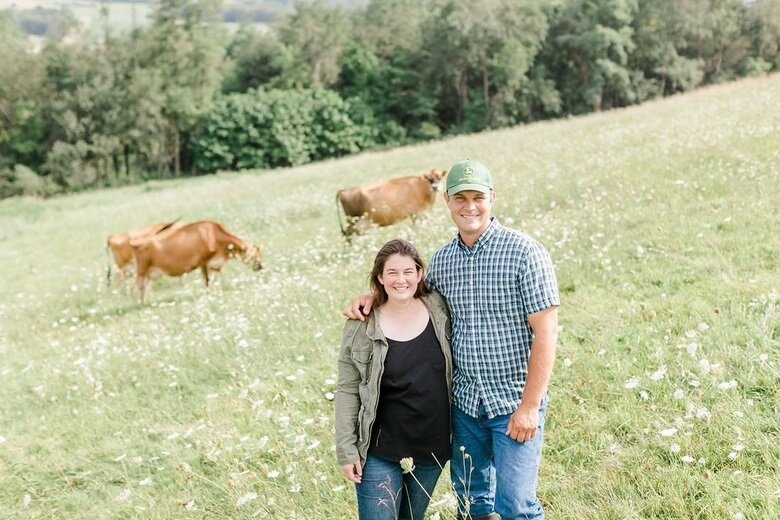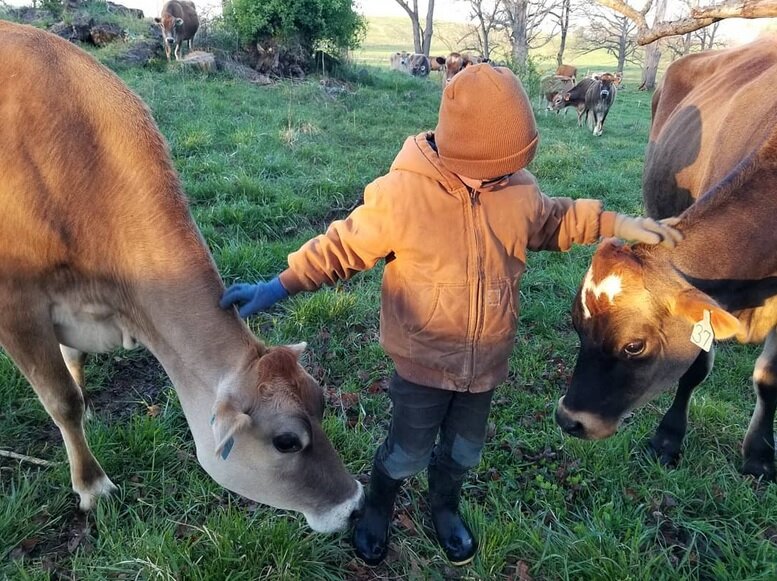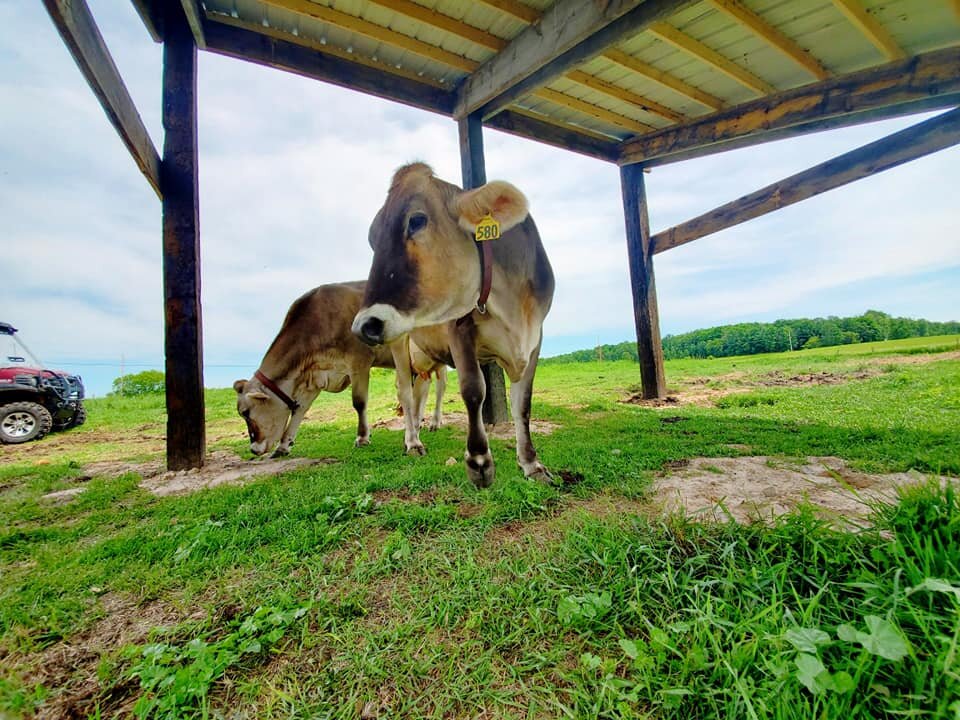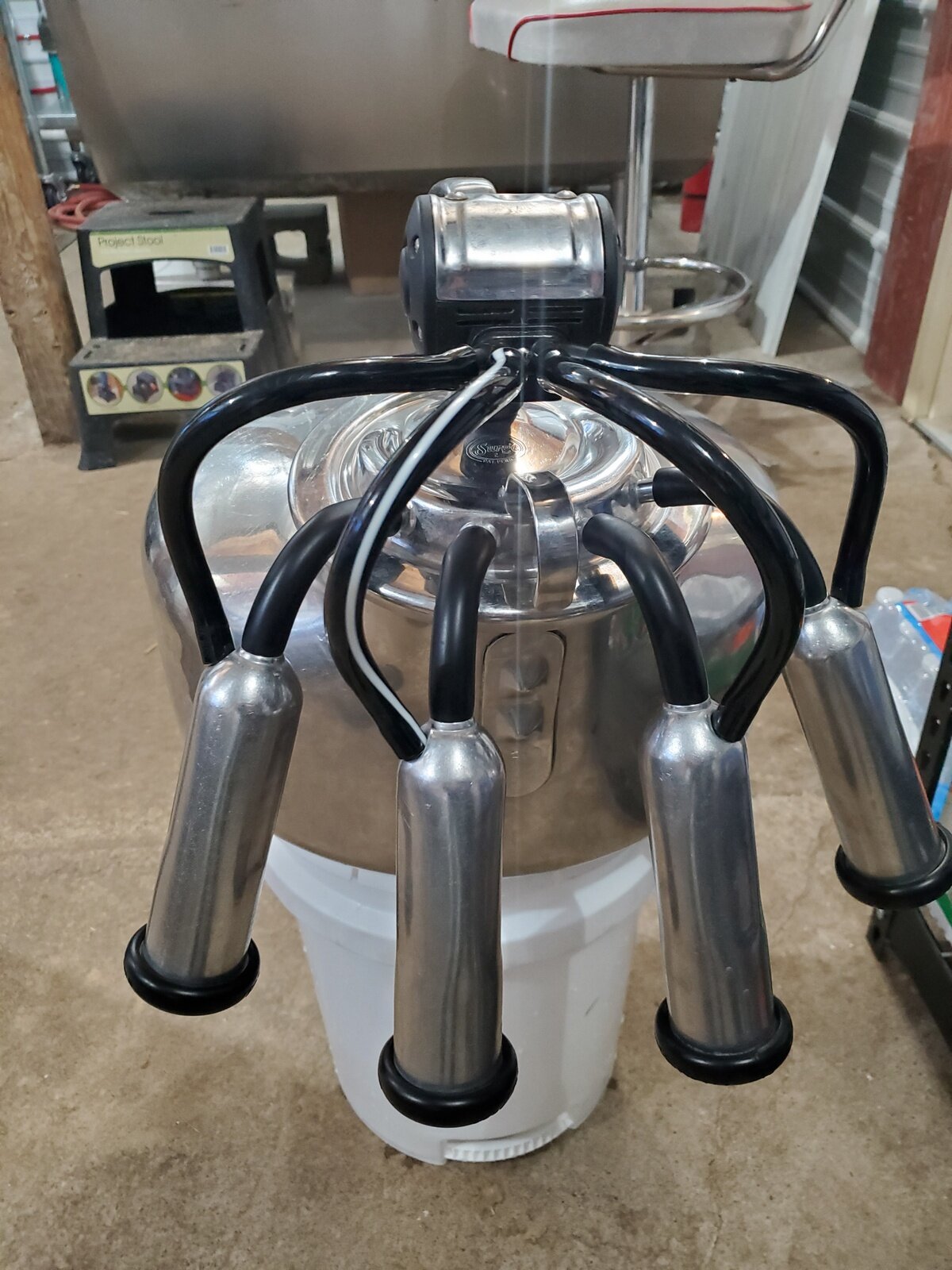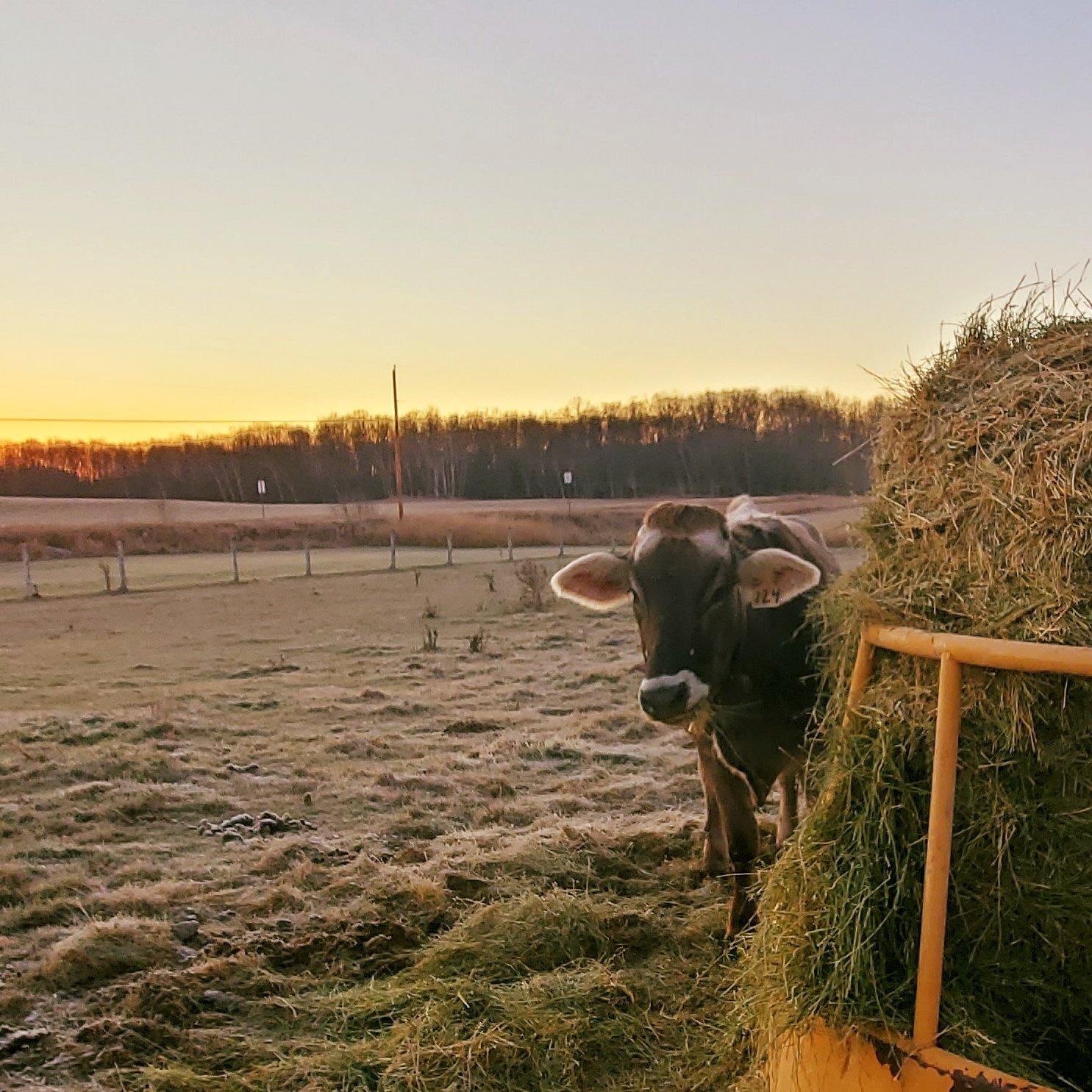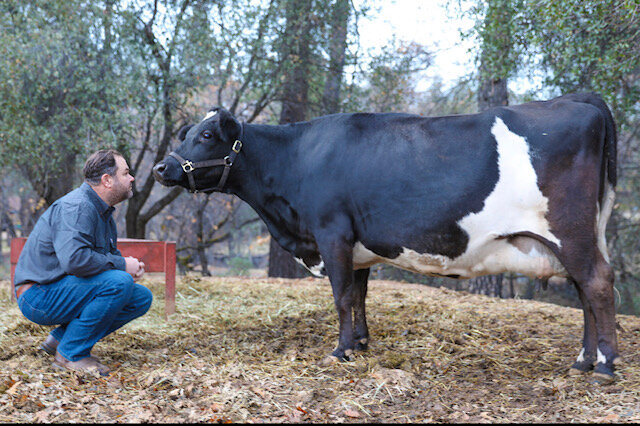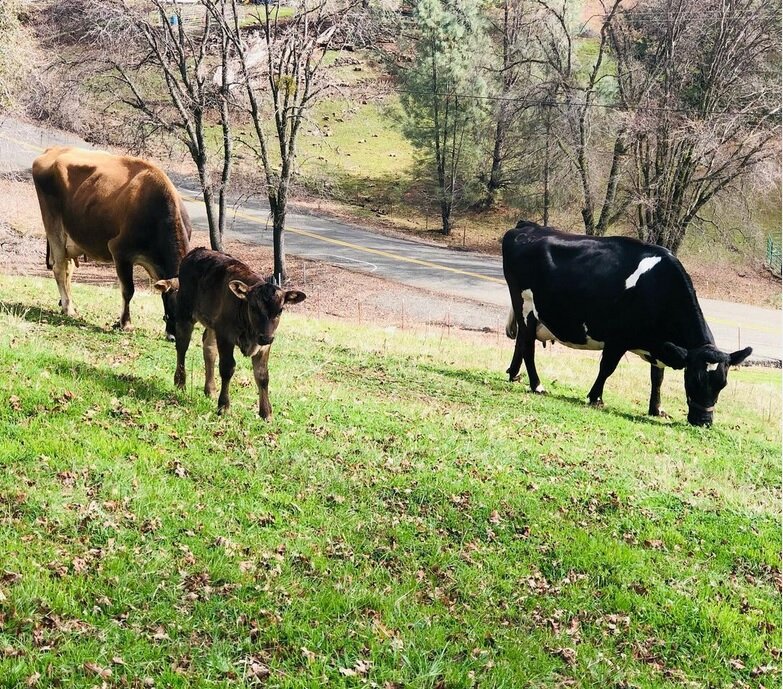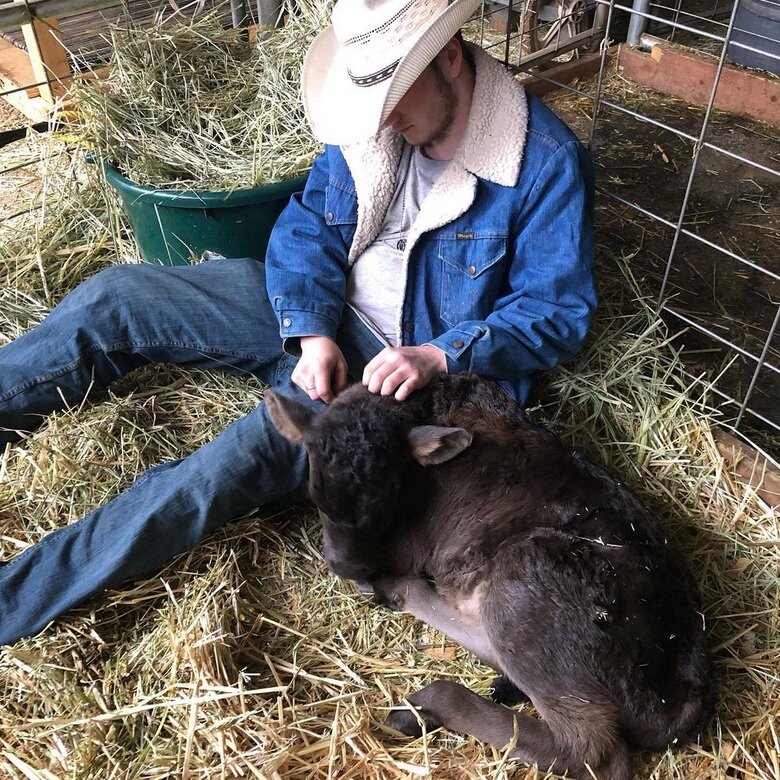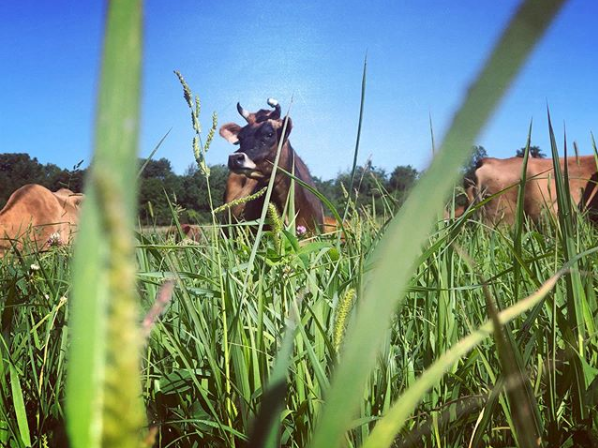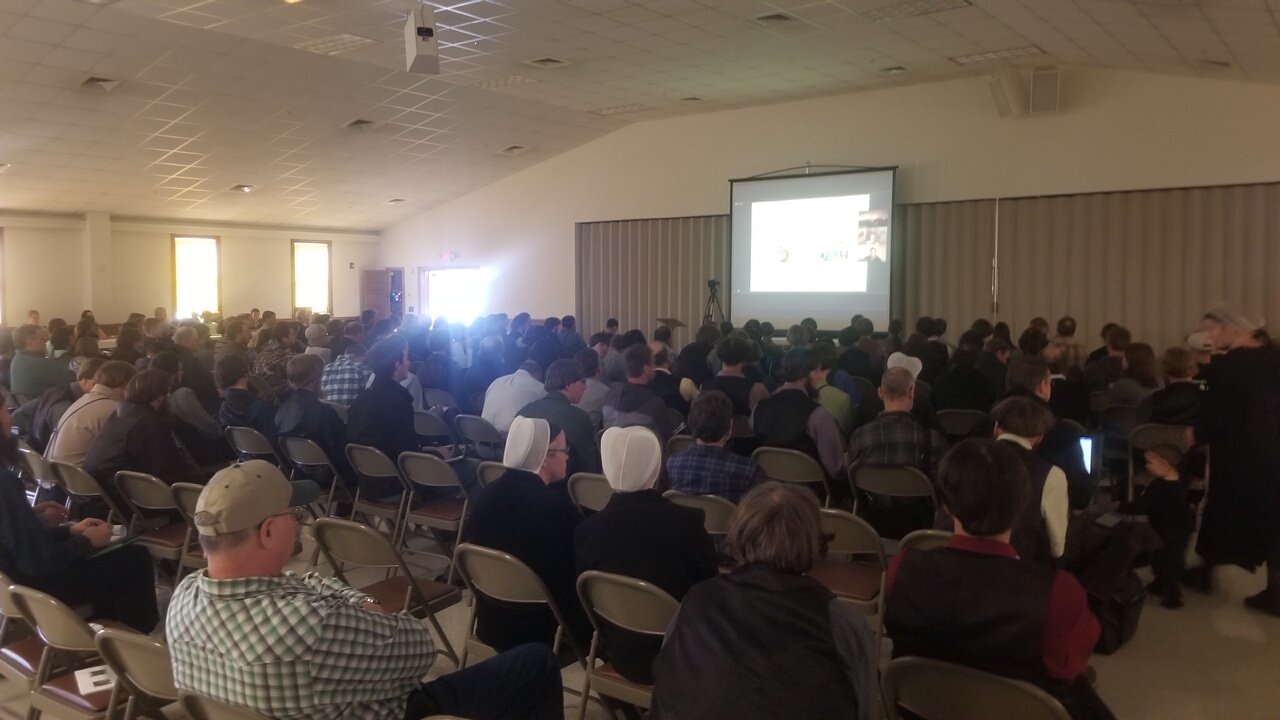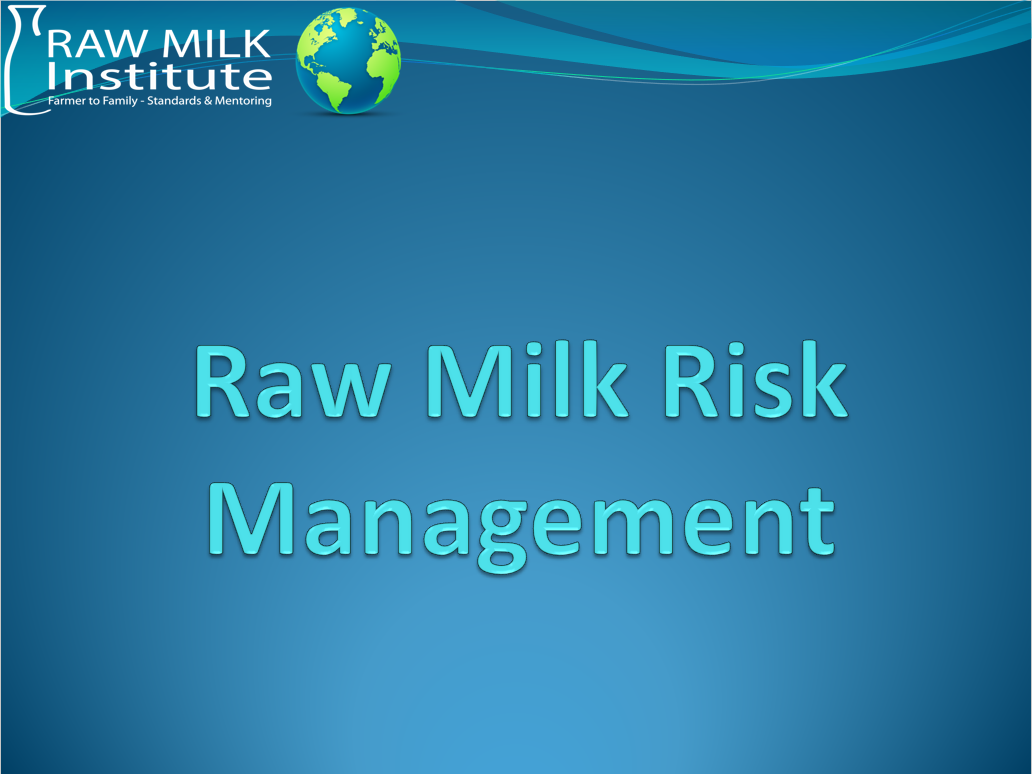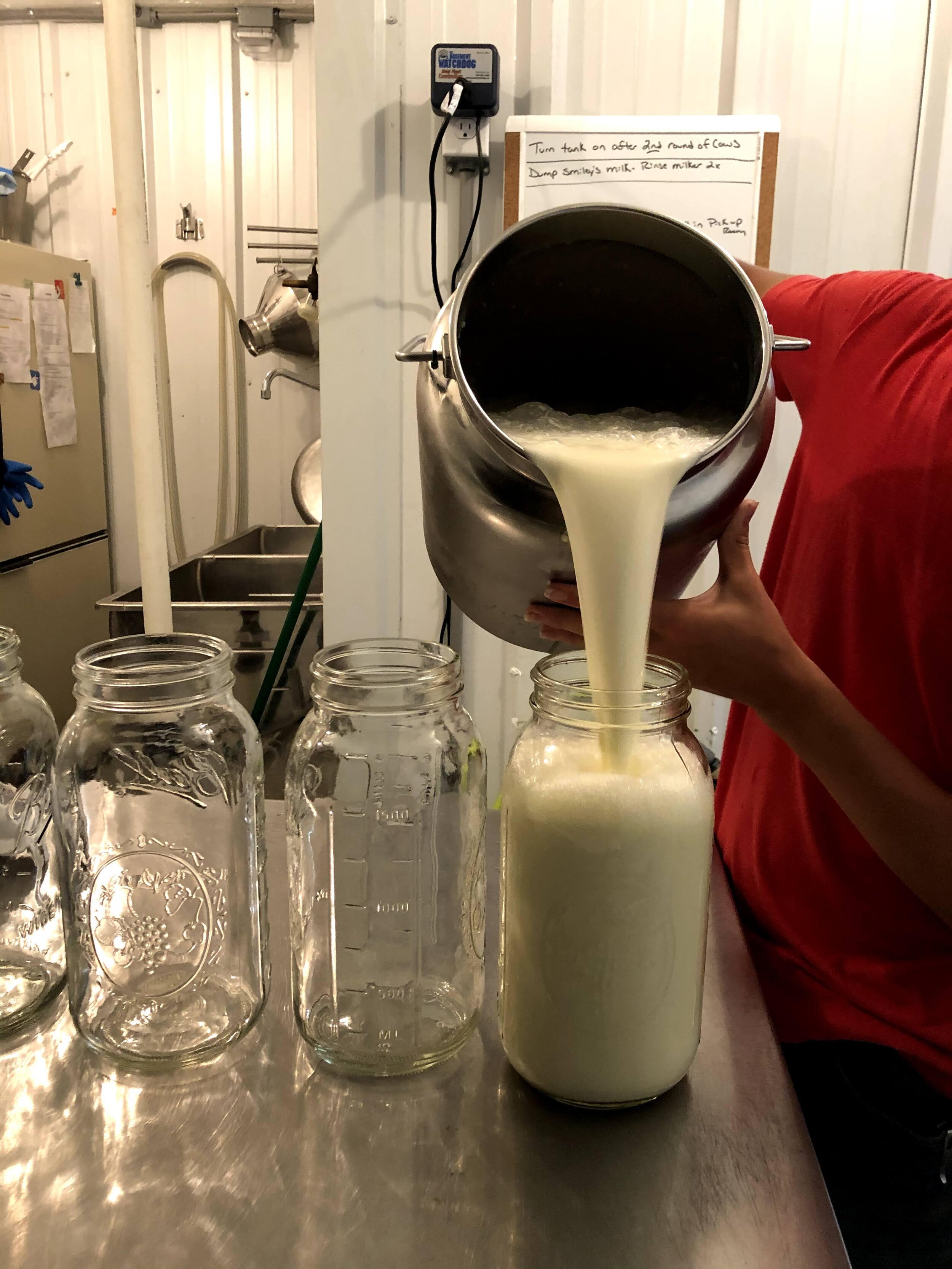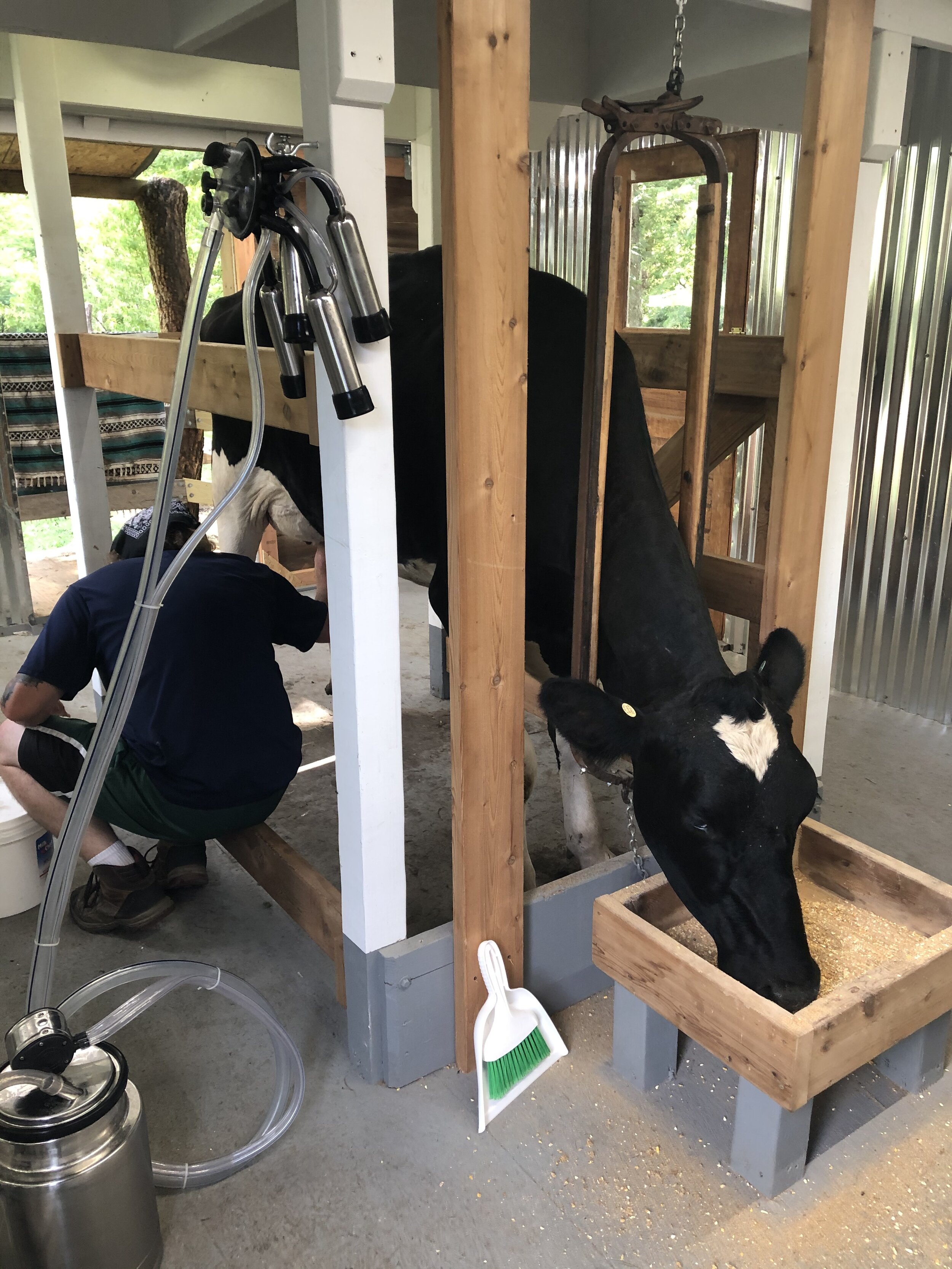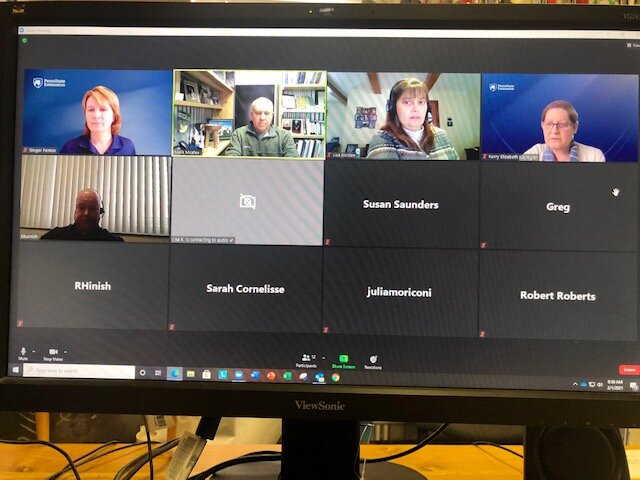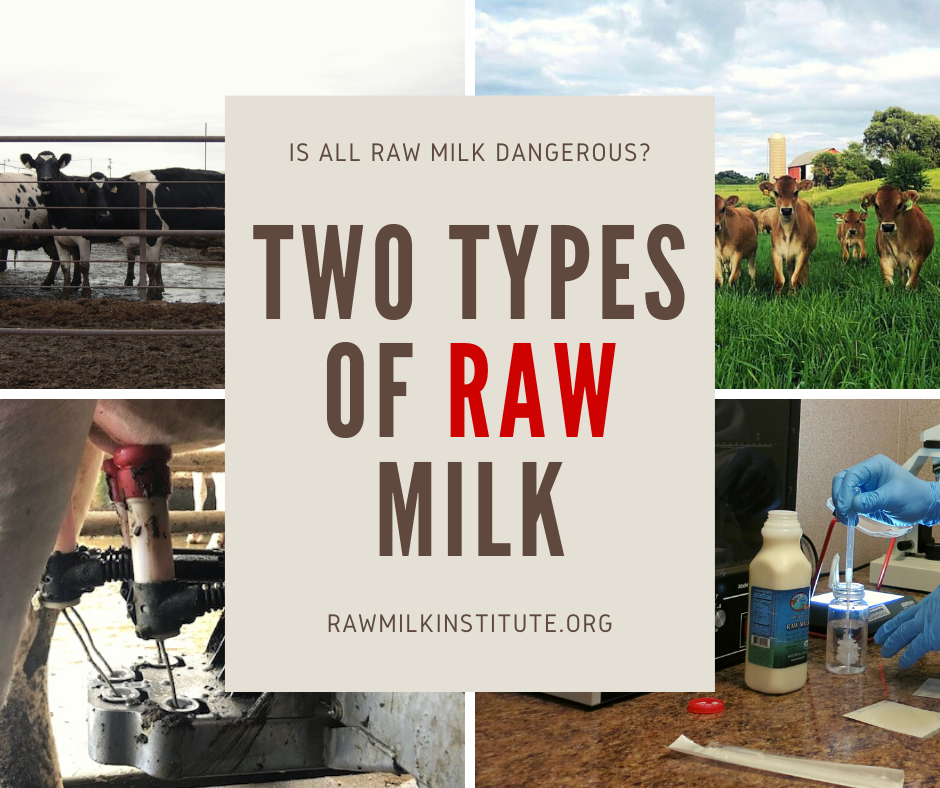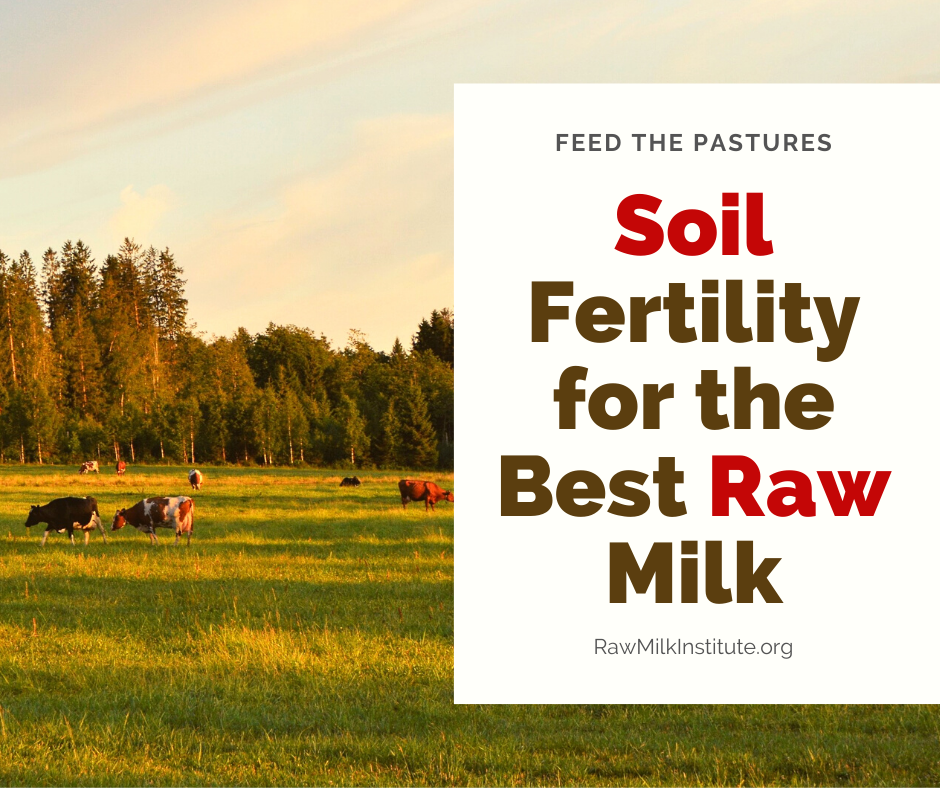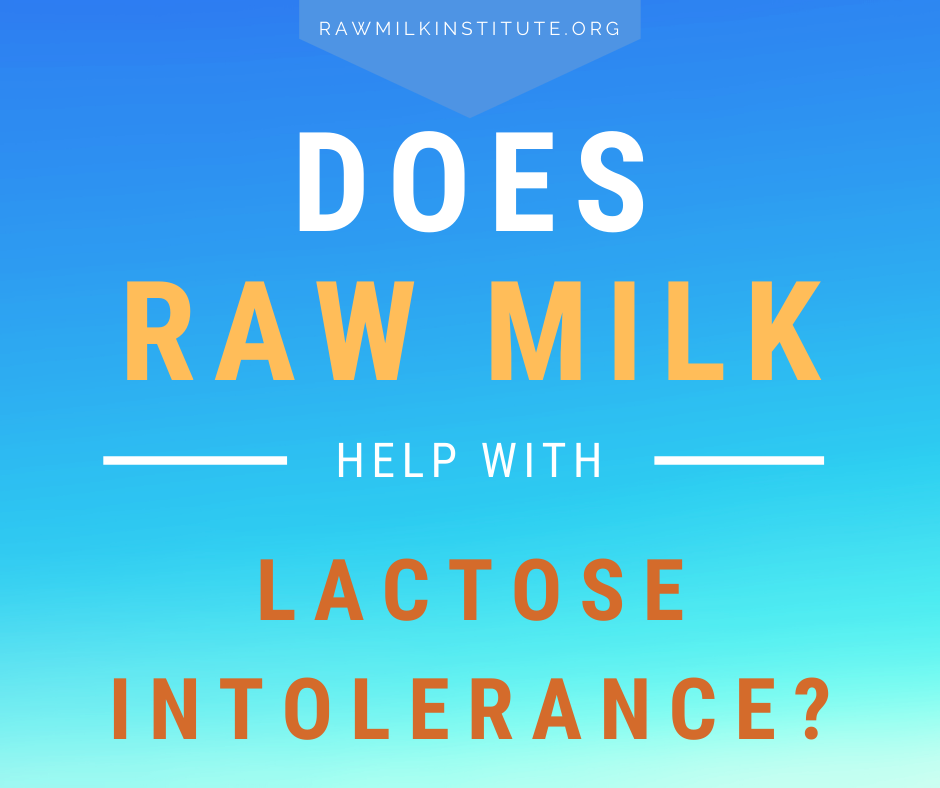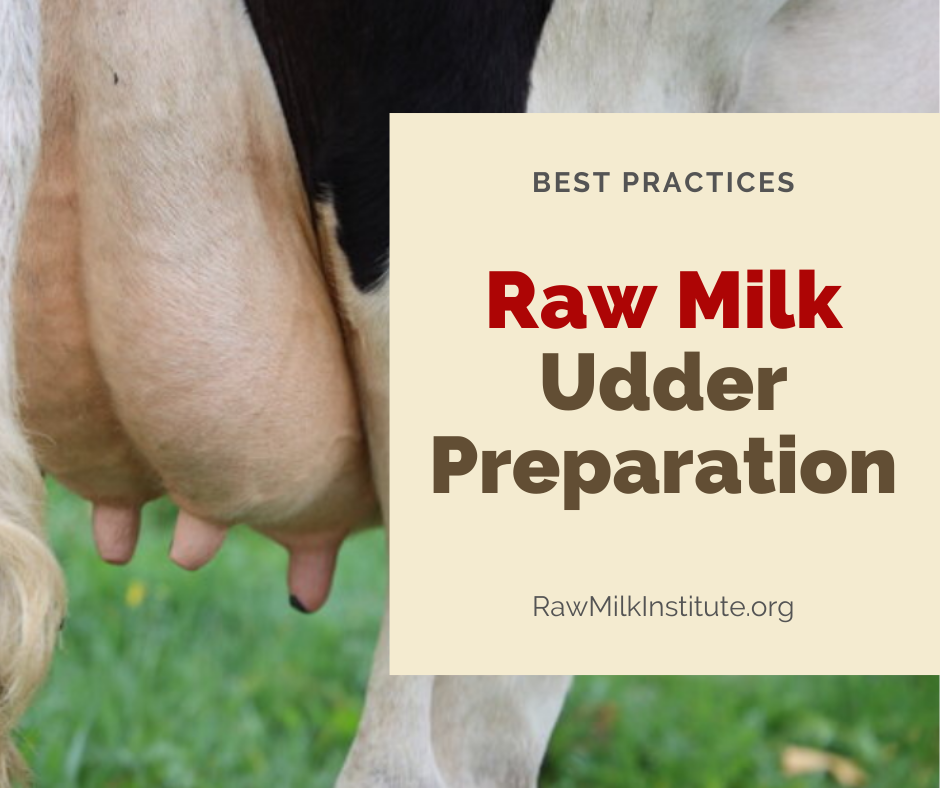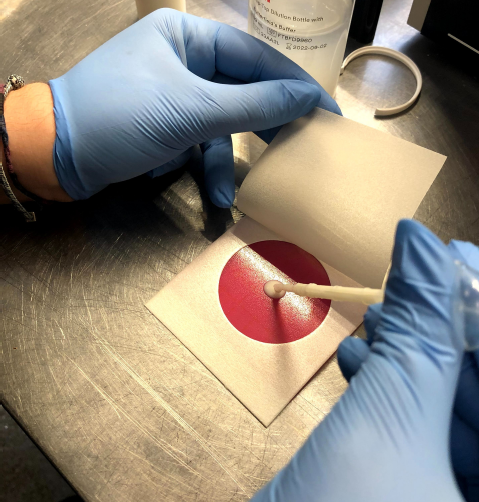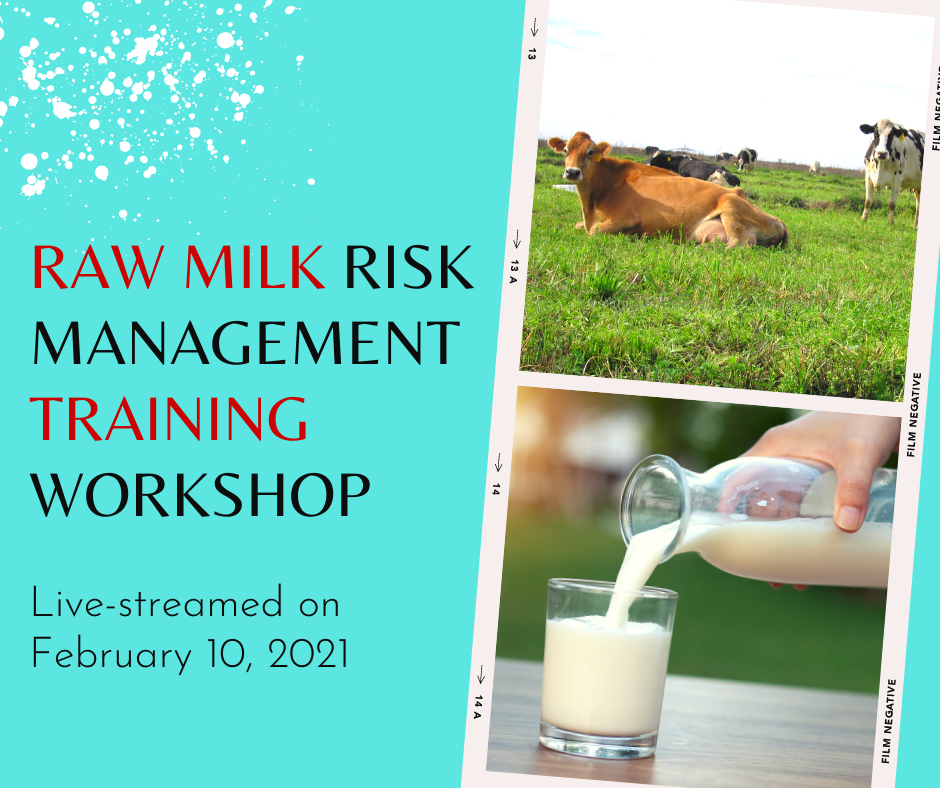On-farm labs are a valuable and economical tool for raw dairy farmers
The three pillars of the Raw Milk Institute’s (RAWMI) Method for safe, low-risk raw milk are 1) farmer mentoring, 2) risk management plan for each farm, and 3) regular bacterial testing of raw milk. This method works well and has been documented to lead to a significant reduction in raw milk-related illnesses and outbreaks. Researchers who have studied the safety of raw milk produced with the RAWMI Method have concluded that “raw milk can be produced with a high level of hygiene and safety.”
RAWMI’s farmer mentoring program and assistance in developing an individualized risk management plan are free for all farmers. However, milk testing costs can be an ongoing financial burden which make small-scale farmers hesitant to test their milk often. But there is a great solution to this: on-farm testing!
What is an On-Farm Lab?
Pioneered by Edwin Shank from The Family Cow dairy in Pennsylvania, on-farm labs are a tremendous resource for dairy farmers. On-farm labs can be set-up on the countertop in a small, clean workspace. Once the lab area is ready, farmers can easily test their milk for coliforms and Standard Plate Count with the use of a small incubator.
Set-up costs for on-farm labs are in the range of $800-$1,000. RAWMI is currently offering grants of up to $500 to offset lab costs for farmers who are Listed or going through our Listing program. After the initial set-up costs, raw milk testing costs are only $1-$3 for each test performed in the on-farm lab.
Benefits of On-Farm Labs
On-farm labs have numerous benefits for raw milk farmers. As Mark McAfee says, “What gets measured gets done.” Ignorance is not bliss when it comes to raw milk. Testing allows farmers to dependably produce low-risk raw milk with confidence.
With on-farm labs:
Farmers can test their milk for coliforms and Standard Plate Count.
Ongoing testing costs are only $1-$3 per test.
Farmers can inexpensively test their milk as often as desired, so they can identify patterns in their bacterial counts which help in identifying trouble spots ahead of time.
The effects of new equipment or procedures on bacterial levels can be evaluated.
Farmers can test more often as needed for troubleshooting high bacteria counts.
Annual water tests can also be performed.
The bacterial tests performed in an on-farm lab (coliform and Standard Plate Count) are used to provide a general indicator that the milk is being produced in a way that is unlikely to lead to pathogens and pathogen growth. The RAWMI Common Standards aim for a rolling three-month average of <5,000 cfu/mL for SPC and <10 cfu/mL for coliforms.
NOTE: RAWMI does not recommend on-farm testing for specific pathogens (such as e coli 0157:H7, salmonella, listeria mono, etc), due to potential hazards from accidental release of pathogens on the farm.
Two Different Systems for On-Farm Testing
There are currently two different systems for performing on-farm testing, developed by 3M and Charm Sciences. Both of these systems work well for on-farm raw milk testing, and the basic lab equipment (incubator, lightbox, magnifier, etc) are the same with either system.
3M’s testing system uses petri-films and provides results in 24 hours. Unopened packages of 3M petrifilms are stored in the refrigerator or freezer for up to 18 months, with opened packages being stored at room temperature for up to one month.
Charm Sciences testing system uses peel-plates and provides results in 24-48 hours. The peel plates can be stored at room temperature for up to 12 months. Testing costs are currently a bit lower with Charm Sciences peel-plates than with 3M petrifilms.
How to Do On-Farm Bacterial Testing for Raw Milk
Here are several free resources for farmers who are interested in doing on-farm milk testing.
RAWMI VIDEO: How to Test Raw Milk with Charm Sciences Peel Plates
On-Farm Lab Testing: A Guide to Raw Milk Bacteria Testing from Six S Dairy
Comprehensive 20-page guide to on-farm testing with 3M Petri-Films, including materials list, procedures, results interpretation, and tips for success
Charm Sciences Peel Plate User Guide from The Barefoot Cow Dairy
5-page materials list and procedures for performing on-farm testing with Charm Sciences peel plates
Raw Milk Lab Materials List from The Family Cow Dairy
Short 1-page list of materials required for performing on-farm testing with 3M Petri-Films
Raw Milk Lab Procedures from The Family Cow Dairy
Short 2-page list of procedures for on-farm lab testing with 3M Petri-Films
Other Helpful Resources





